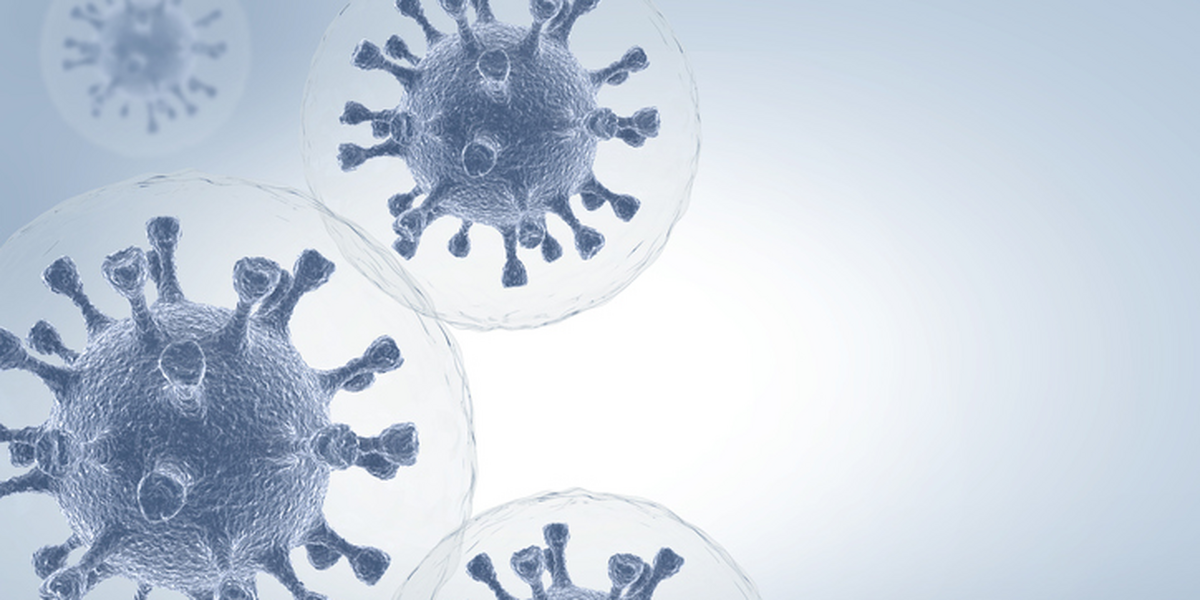
The onset of COVID-19 pandemic changed the world as we know it. Research in CBS labs changed course, too. For many labs it meant delayed experiments or cancelled field seasons. It meant additional time to write and analyze, but less time to gather new data.
For some labs, it meant a shift in focus to COVID-19 related research. From developing models to conducting experiments at the bench, CBS labs pivoted. Read about a few of the pandemic-inspired projects.
How can movement ecology and contact network epidemiology help us understand COVID-19 spread at a research university?
Researchers: Allison Shaw, Lauren White, Matthew Michalska-Smith, Elizabeth Borer, Meggan Craft, Eric Seabloom, Emilie Snell-Rood, Michael Travisano
The spread of COVID-19 is shaped by the day-to-day decisions people make about where to be and who to spend time with. To understand how these decisions shape COVID-19 spread in a research university setting, researchers developed mathematical models; tools that enable us to test the logic of verbal explanations. They identified three strategies that can be used interchangeably to slow spread and found that limiting researchers to lab spaces on campus (instead of lab and office space) can help reduce the size of any outbreaks that do occur. The paper, recently published in PLOS ONE, provides several strategies to mitigate COVID-19 spread in the workplace.
How can we highlight biology-inspired solutions to biological challenges, including those that relate to COVID-19, in undergraduate courses?
Researchers: Emilie Snell-Rood, Hunter Cantrell, Kaila Chapman, Elizabeth Kirscht & Dmitri Smirnoff
Taking inspiration from nature is nothing new for scientists. After teaching a biomimicry module at Itasca Biological Station and Laboratory one summer, Associate Professor Emilie Snell-Rood noticed that this approach to evolution and ecology excites learners. In summer 2020, she went about designing a new course that allowed students to explore biomimetics, particularly as it relates to combatting the COVID-19 pandemic. As part of the course, titled “Bioinspired approaches to pandemics,” students explored how some organisms might inspire novel designs and approaches. In one example, students studied how transparent butterfly wings might inspire transparent mask production. The paper which details the course, is currently in review at Ecology and Evolution.
How can we use novel approaches to test for COVID-19 that are rapid, easily distributed and low cost?
Researchers: Aaron Engelhart, Lauren Aufdembrink & Pavana Khan
The most common COVID-19 tests rely on a technology called real-time PCR. This requires an expensive instrument, which is often located at research centers and operated by skilled technicians. This causes a significant lag when processing samples collected away from a processing site, often centered in metropolitan areas. Routine, affordable testing would help workplaces and public venues readily screen individuals. It would also open up more timely testing options in areas away from major research centers. Recent work, published in the journal RNA and led by the Engelhart lab, details a possible solution. The technique can be performed using a $30 3D-printed device in about an hour. This group is currently working to develop COVID-19 tests based on this technology.
Drugs targeting the SARS-CoV-2 main protease
Arad Moghadasi, Jordan Becker, Chris Belica, Chloe Wick, William Brown, Reuben Harris
SARS-CoV-2 — the virus responsible for COVID-19 — requires specific conditions to replicate. One of these requirements is the presence of the virus's main protease. It plays a key role as it breaks down large viral proteins into smaller, functional units. Recently, BMBB PhD student Arad Moghadasi developed an assay to measure activity — and inhibition — of this essential viral protease. Researchers are now working with multiple groups, locally and nationally, to identify chemical inhibitors of the protease with an eye to identifying a small number of compounds for further development into novel antiviral drugs. A portion of this research appears as a pre-print on bioRxiv.
— Claire Wilson